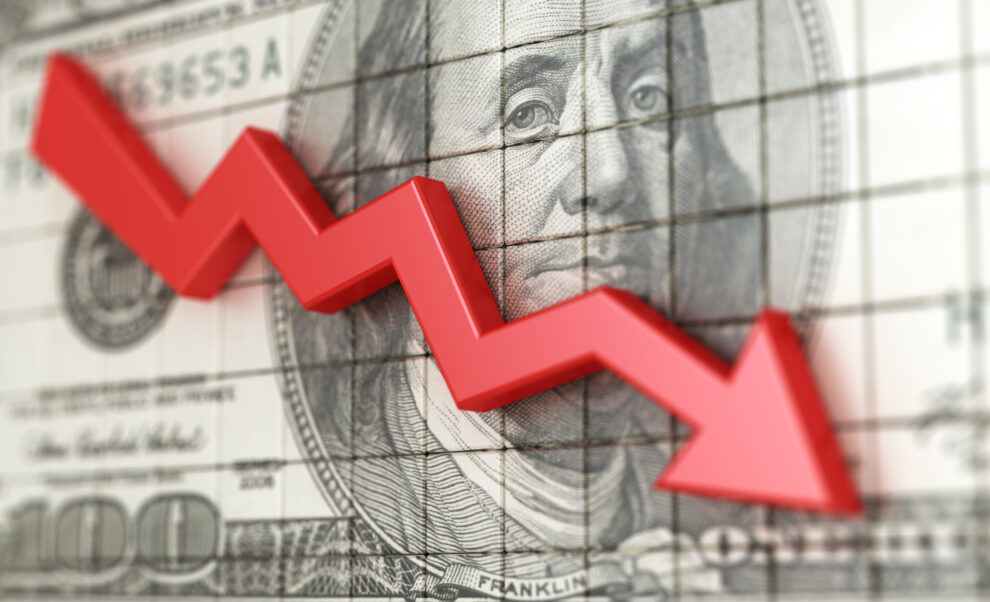
Investors who avoid the stock market or indiscriminately buy the dip could wind up in trouble.
The three major U.S. stock indexes have yielded positive returns year to date, but the market hit a rough patch in recent weeks. Recession fears resurfaced when weak jobs data raised questions about whether the Federal Reserve has waited too long to cut interest rates. The U.S. presidential election reset, and broader geopolitical tensions have heightened economic uncertainty.
In turn, the S&P 500 (^GSPC 1.68%) had its worst July in the past decade, and the index recently suffered its largest single-day decline in two years. Meanwhile, the Nasdaq Composite (^IXIC 2.43%) plunged as investors rotated away from technology stocks, and the index entered correction territory when it closed more than 10% from its record high on Aug. 2.
Here are the two worst mistakes investors can make right now.
Mistake 1: Avoiding stocks until the S&P 500 and Nasdaq Composite rebound
It might seem prudent to wait patiently on the sidelines until the S&P 500 and Nasdaq Composite rebound, but avoiding the stock market is one of the worst mistakes investors can make right now. Warren Buffett once told CNBC, “The best chance to deploy capital is when things are going down.”
The Nasdaq has previously fallen into correction territory seven times in the last decade. But the index has generally rebounded quickly, so investors who avoid the stock market could easily miss the rebound rally. The chart below provides details.
|
Nasdaq’s First Close in Correction Territory |
Nasdaq’s Return Over the Next 12 Months |
|---|---|
|
Aug. 24, 2015 |
15% |
|
Oct. 24, 2018 |
15% |
|
June 3, 2019 |
32% |
|
Feb. 27, 2020 |
54% |
|
Sept. 8, 2020 |
41% |
|
March 8, 2021 |
2% |
|
Jan. 19, 2022 |
(24%) |
|
Average |
19% |
|
Median |
15% |
Data source: YCharts.
As shown above, during the last decade, the Nasdaq returned an average of 19% and a median of 15% during the 12-month periods following its first close in correction territory. We can apply that information to the current situation to make an educated guess about the future.
Specifically, the current market correction became official when the Nasdaq closed at 16,776 on Aug. 2, 2024. The index currently trades at 16,780, which implies upside of 19% (at the average) and 15% (at the median) through Aug. 2, 2025.
Similarly, the S&P 500 is currently 5% off its record high, and Goldman Sachs analysts see that as a buying opportunity, saying, “We find that 5% pullbacks have historically been good entry points, as the index has gone on to provide a median 6% return over the subsequent three months with positive returns in 84% of episodes.”
Past performance is never a guarantee of future returns; the two indexes could drop further if the economy continues listing toward a recession. Nevertheless, it would be foolish to avoid the market right now. Even if the S&P 500 and Nasdaq fail to stage dramatic rebounds in the near term, history says both indexes are headed higher in the long run. In that context, the current drawdown is a buying opportunity for patient investors.
Mistake 2: Buying stocks on the dip without concern for valuation
Indiscriminately purchasing stocks is one of the worst mistakes investors can make. Not every dip is a buying opportunity, and no stock is worth purchasing at any price. Warren Buffett once wrote, “For the investor, a too-high purchase price for the stock of an excellent company can undo the effects of a subsequent decade of favorable business developments.”
That mistake is easy to make with popular stocks. For instance, Apple (AAPL 1.72%) has declined 8% from its 52-week high, but shares trade at 33 times earnings. That valuation looks expensive because Wall Street anticipates earnings growth of 12% through 2026. Admittedly, the upcoming launch of Apple Intelligence could spark a massive iPhone upgrade cycle, but I would avoid the stock until it trades at a more reasonable valuation.
Similarly, Palantir Technologies (PLTR 3.44%) has declined 2% from its 52-week high, but shares trade at 90 times adjusted earnings. That valuation looks outrageously expensive because Wall Street expects earnings to grow at 21% annually through 2026.
To be fair, Palantir should benefit as businesses spend more on data analytics and artificial intelligence (AI), and the company reported encouraging financial results in the most recent quarter. But I plan to keep this stock on my watch list until the price comes down.
Lastly, Microsoft (MSFT 1.77%) has declined 13% from its 52-week high, but shares trade at 34.4 times earnings. That valuation looks pricey because Wall Street expects earnings to grow at 14% annually through 2026.
Microsoft has emerged as an early leader in generative AI, and it is ideally positioned to monetize the technology given its status as the world’s largest software company. Even so, I would avoid Microsoft until shares are priced more reasonably.
Trevor Jennewine has positions in Palantir Technologies. The Motley Fool has positions in and recommends Apple, Goldman Sachs Group, Microsoft, and Palantir Technologies. The Motley Fool recommends the following options: long January 2026 $395 calls on Microsoft and short January 2026 $405 calls on Microsoft. The Motley Fool has a disclosure policy.










